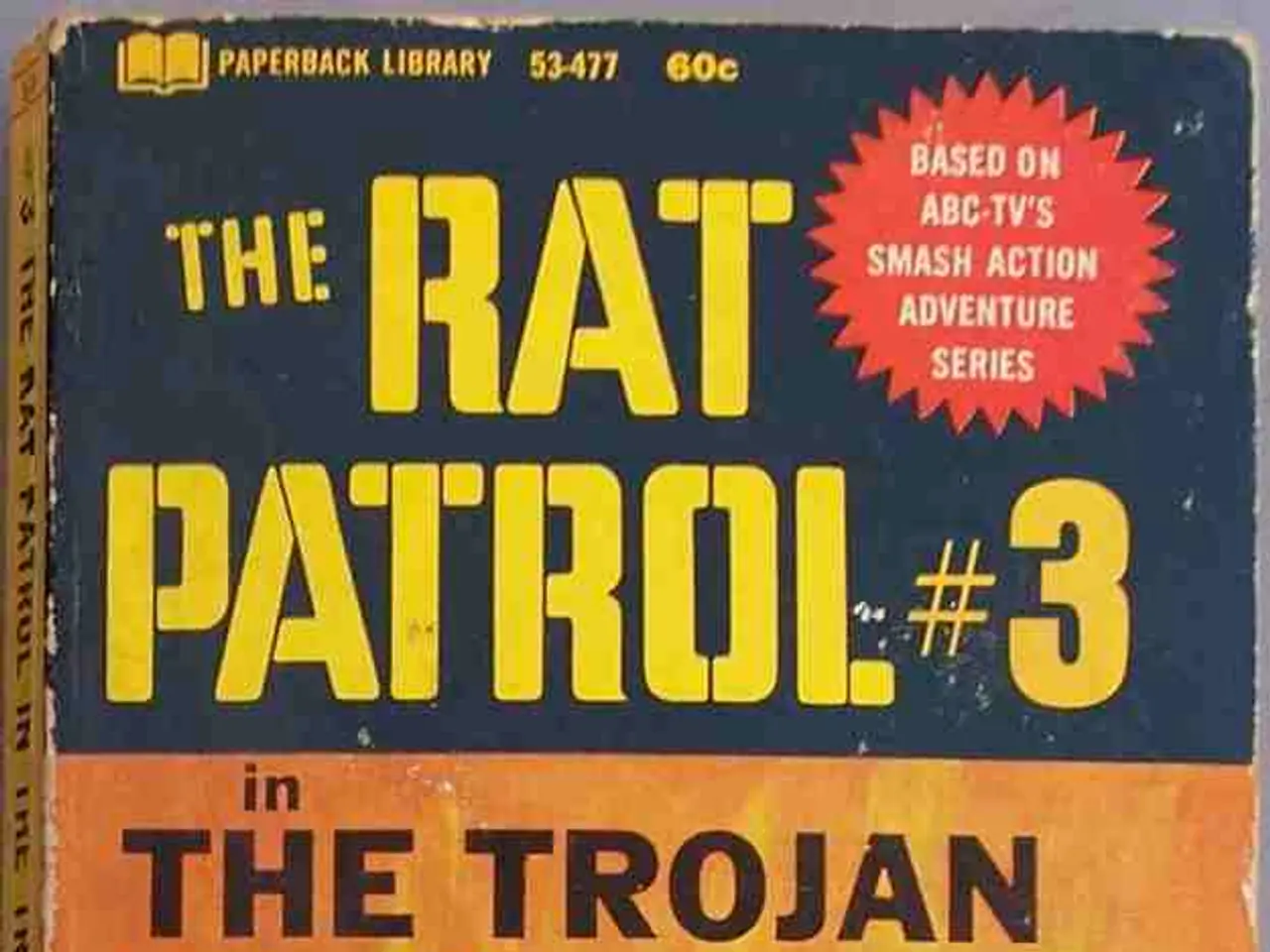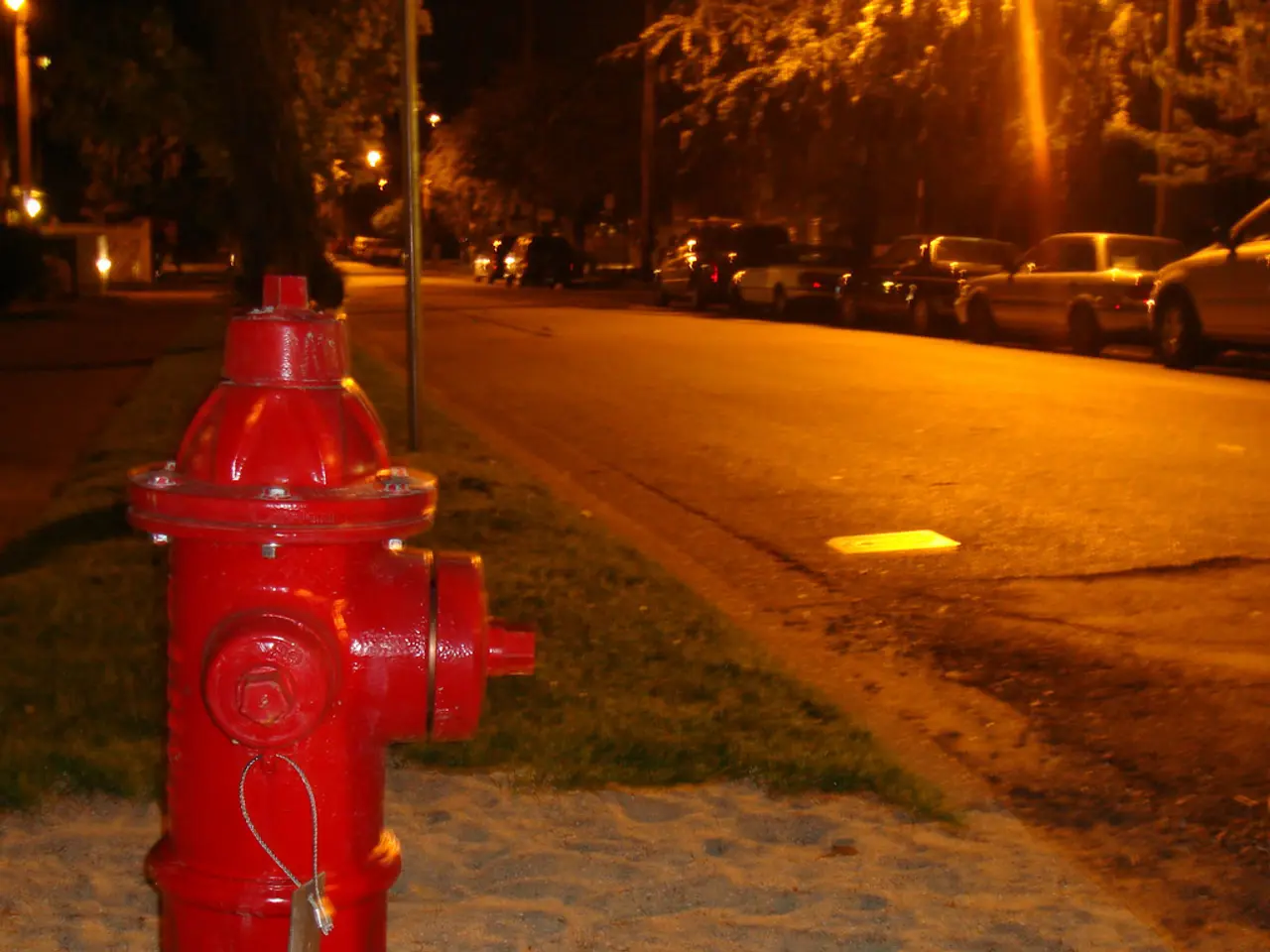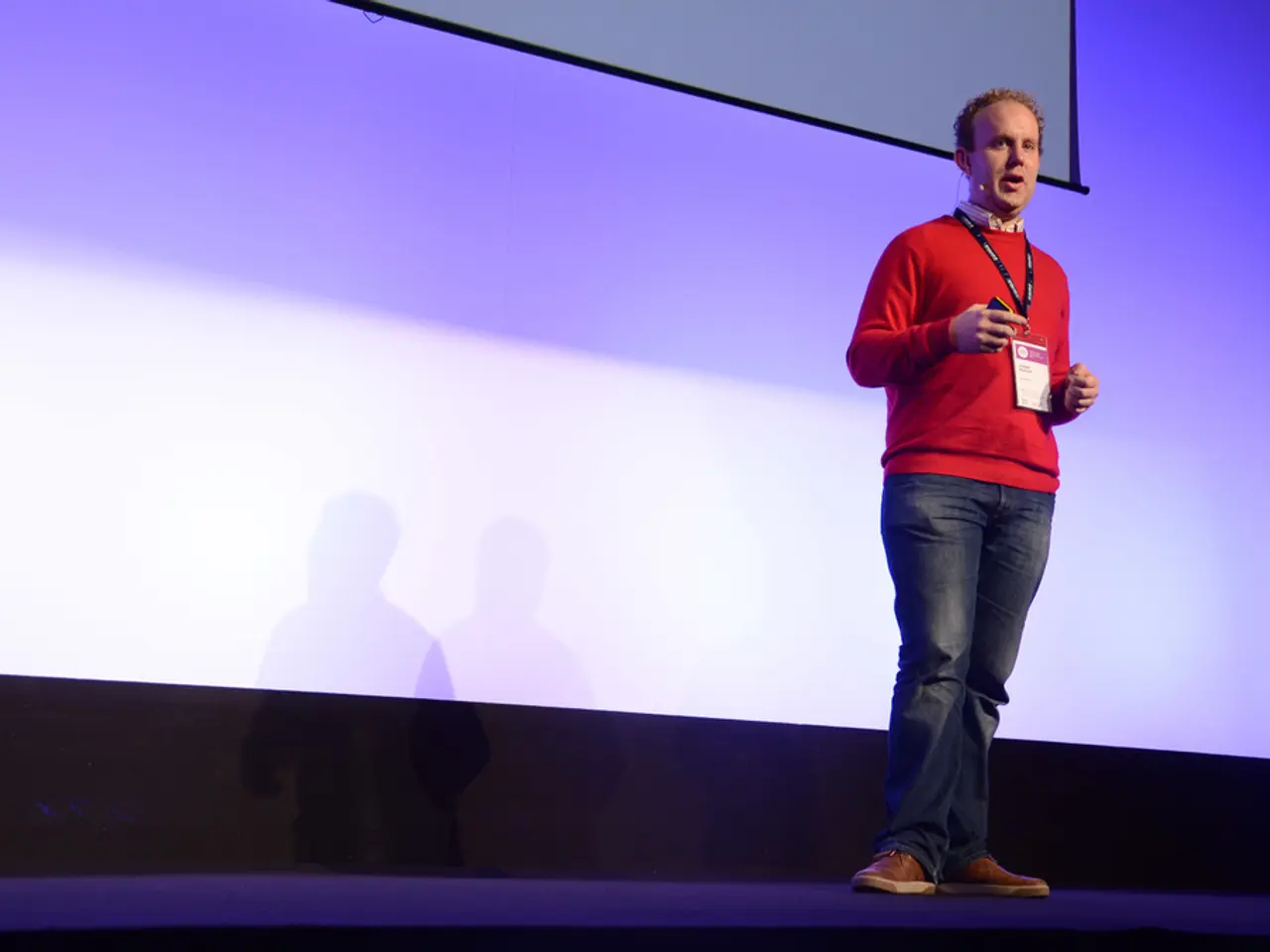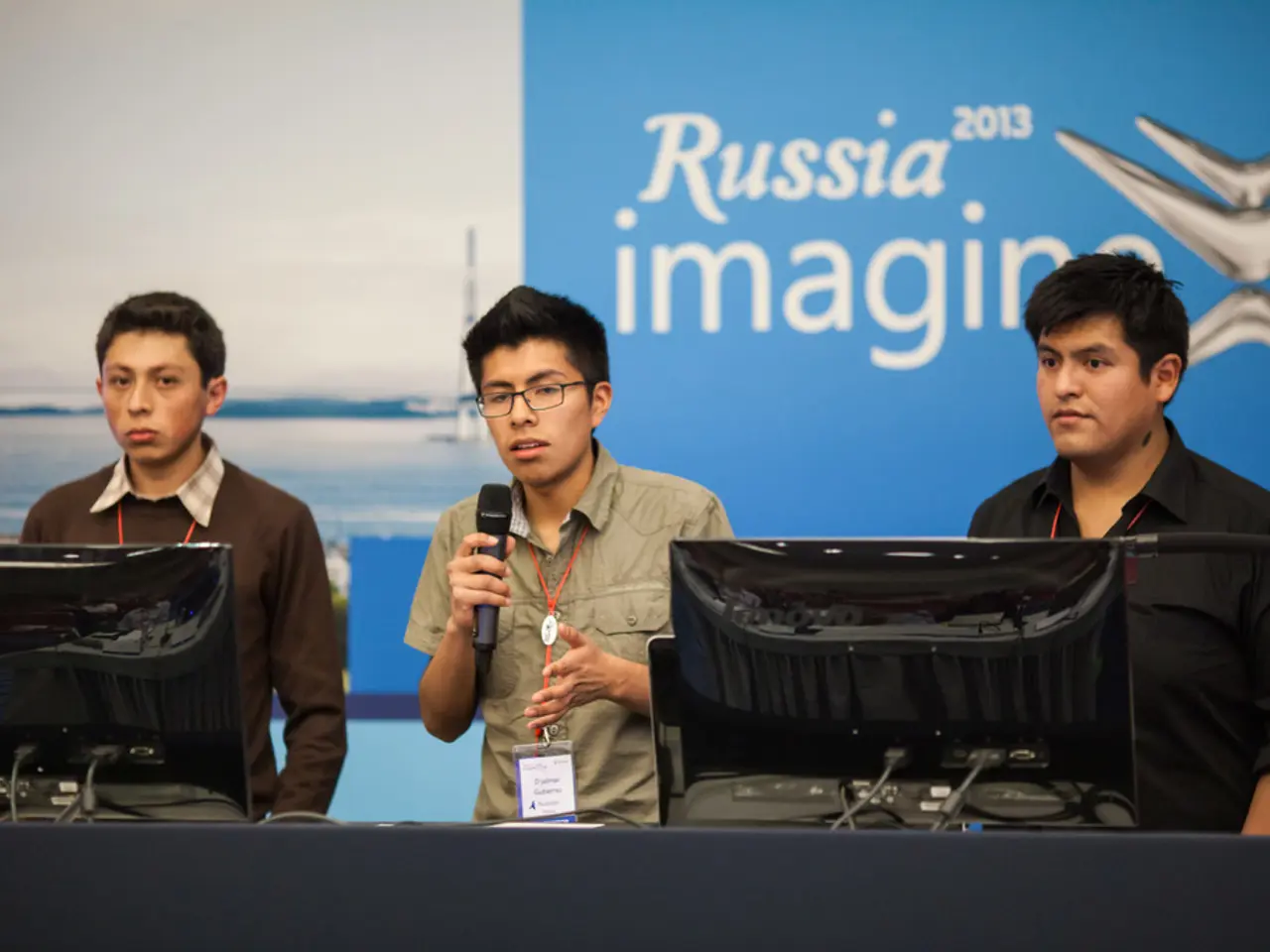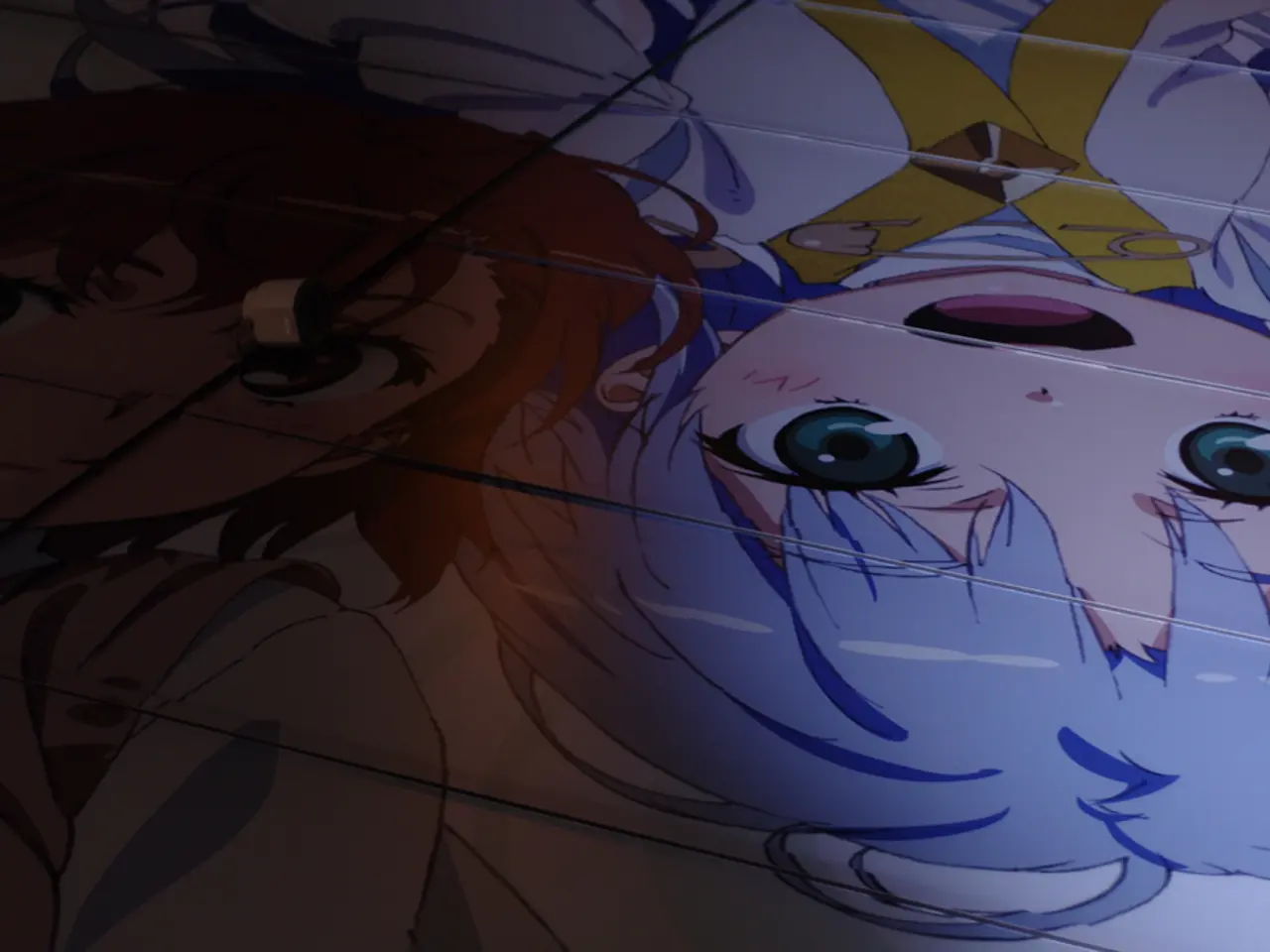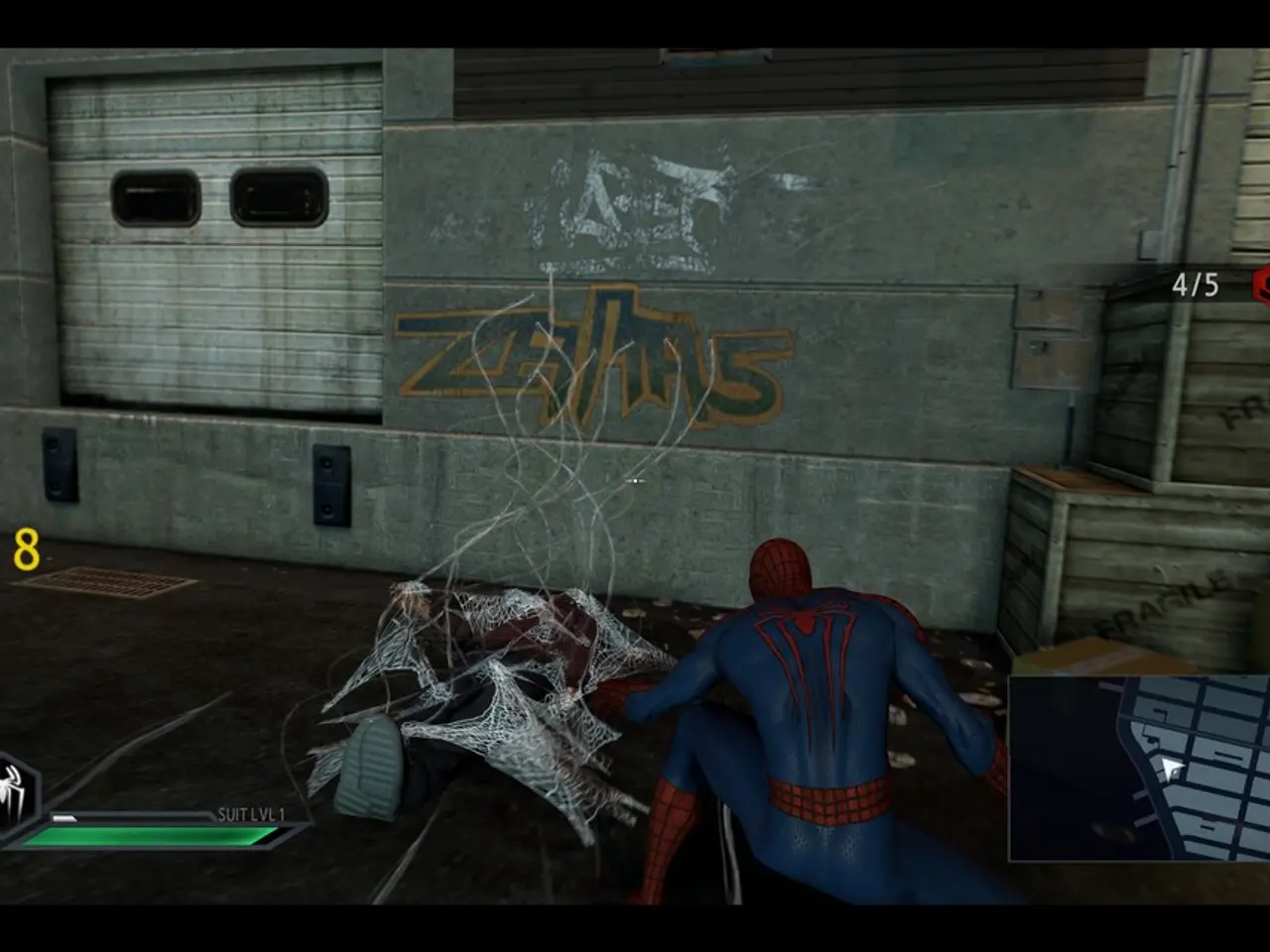Hamas persists in employing guerilla warfare, infusing lethal intensity amidst its battles
In the heart of Gaza, a deadly surprise attack occurred on Monday night, claiming the lives of five Israeli soldiers and wounding 14 others, some critically. The attack, carried out by a Hamas cell, targeted a group of soldiers from the Netzah Yehuda battalion, known for being made up of ultra-Orthodox soldiers.
The remnants of Gaza's underground tunnel network are still being used by Hamas militant cells for movement and concealment, allowing them to launch such ambushes despite Israel's significant military advances. Hamas has also been exploiting vulnerabilities in Israel's military manpower, even in its weakened state.
Hamas has an abundance of explosives, much of it from the munitions the Israeli Defense Forces (IDF) have dropped in Gaza. This has enabled them to sustain the conflict, exacting a deadly price each week without a ceasefire. The attack was orchestrated using bombs that were remotely operated, reflecting Hamas' war strategy built around Israel's weaknesses.
In the aftermath of the attack, Hamas described the war as a "battle of attrition" waged against Israel. Retired Maj. Gen Israel Ziv, former head of the IDF's Operations Directorate, echoed this sentiment, stating that Hamas' war strategy is indeed built around Israel's weaknesses.
Diplomatic efforts toward a ceasefire and hostage release deal are underway, with a potential 60-day ceasefire proposal on the table involving the release of hostages by Hamas. Israeli Prime Minister Benjamin Netanyahu has expressed cautious optimism about finalizing a hostage release deal soon, linking progress to this ceasefire agreement. However, on the ground, violence and military operations persist, and there are reports of continued Palestinian casualties and Israeli military actions.
The conflict has escalated into a broader regional and geopolitical crisis involving Iran and the United States, with missile strikes and counterstrikes beyond Gaza. The UN Security Council has debated ceasefire resolutions and humanitarian concerns, though progress remains hindered by political divisions.
Despite these efforts, Hamas has shown no willingness to make major concessions in negotiations, and a ceasefire remains elusive. Hamas operates as decentralized, independent groups, making it harder for Israel to target a cohesive leadership structure. This war of improvised explosive devices (IEDs) for Hamas continues, with Hamas creating ambushes and taking the initiative by controlling key bottlenecks.
In recent months, Hamas has recruited new fighters, replenishing their ranks since earlier this year. Despite armed gangs and open anger from the population in southern Gaza, Hamas has continued the fight. The current status of the conflict between Israel and Hamas in Gaza remains intense and unresolved as of early July 2025.
- The ongoing conflict in Gaza, involving Hamas, has expanded into a broader regional and geopolitical crisis, with the United States and Iran being directly involved.
- The UN Security Council has been debating ceasefire resolutions and humanitarian concerns, but political divisions are hindering progress.
- Despite diplomatic efforts for a ceasefire and hostage release deal, Hamas has shown no willingness to make major concessions, and the war in the Middle East continues, with crime and justice issues, general news, politics, policy and legislation, and war and conflicts all playing significant roles in this ongoing battle of attrition.
